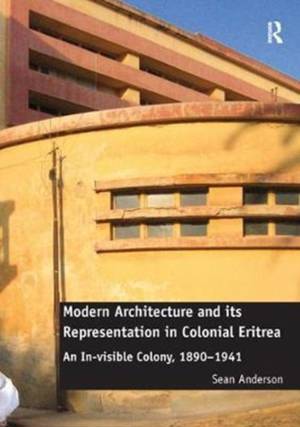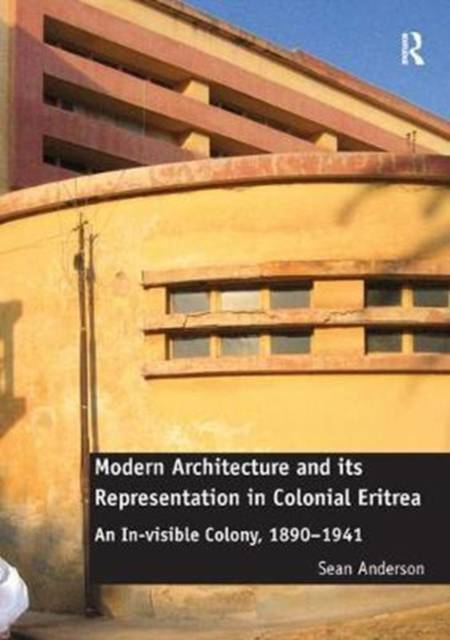
- Afhalen na 1 uur in een winkel met voorraad
- Gratis thuislevering in België vanaf € 30
- Ruim aanbod met 7 miljoen producten
- Afhalen na 1 uur in een winkel met voorraad
- Gratis thuislevering in België vanaf € 30
- Ruim aanbod met 7 miljoen producten
Zoeken
Modern Architecture and Its Representation in Colonial Eritrea
An In-Visible Colony, 1890-1941
Sean Anderson
Paperback | Engels
€ 64,95
+ 129 punten
Uitvoering
Omschrijving
Modern Architecture and its Representation in Colonial Eritrea offers a critical assessment of architecture and urbanism constructed in Eritrea during the Italian colonial period spanning from 1890-1941. Drawing together imperial projects, modernist aesthetics, and fascist motives, the book examines how the merger of these three significant influences yielded a complex built environment that served to emulate, if not redefine, Italian colonial pursuits. As Italy's colonia primogenità or 'first born colony', Eritrea and its capital, Asmara, not only bore witness to the emergence of politicized interiors and international expositions, the colony became a vehicle that polarized issues of race and gender. Exploring discourses of modernity in Africa, this book moves between histories of architecture, urbanism, literature and media to describe how Eritrea and Asmara became a crucial fulcrum for Italy's ill-fated pursuits in Ethiopia and other neighboring countries. Consequently, modern architecture inscribed Eritrean subjectivities while redefining technologies that affected constructions of the colonial interior. Modern Architecture and its Representation in Colonial Eritrea demonstrates how architecture in Asmara reshaped the creation and reception of Italian East Africa.
Specificaties
Betrokkenen
- Auteur(s):
- Uitgeverij:
Inhoud
- Aantal bladzijden:
- 312
- Taal:
- Engels
Eigenschappen
- Productcode (EAN):
- 9781138567764
- Verschijningsdatum:
- 12/10/2017
- Uitvoering:
- Paperback
- Formaat:
- Trade paperback (VS)
- Afmetingen:
- 175 mm x 246 mm
- Gewicht:
- 452 g

Alleen bij Standaard Boekhandel
+ 129 punten op je klantenkaart van Standaard Boekhandel
Beoordelingen
We publiceren alleen reviews die voldoen aan de voorwaarden voor reviews. Bekijk onze voorwaarden voor reviews.











